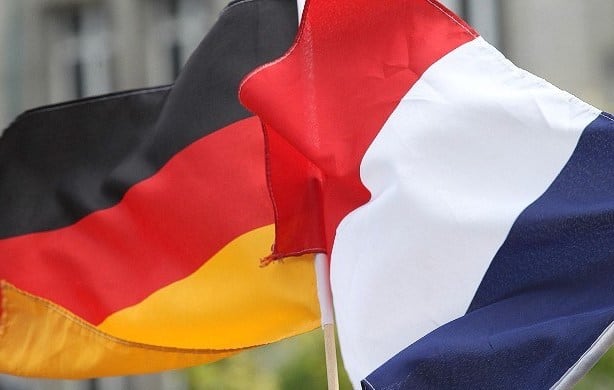New subtitles formats available: EBUT-TT-D e IMSC 1.0
One of VoiceInteraction’s continuous endeavor is to take our automatic subtitles (captions in US) to new applications / domains. One of the key factors of success is ensuring that subtitles are easily used in whatever workflow we might find in our customers. It seems like yesterday (but it’s almost 10 years now…) that we started to integrate our live automatic subtitling system with FAB – Teletext & Subtitling Systems so RTP – Radio Televisão Portuguesa viewers could have access automatic subtitles in Teletext for live programming
When we expanded our activities to the Brazilian market new integrations were made with Subtitling encoders (Evertz, EEG and Link Electronics) and with local partners (EiTV) so our live subtitles could be delivered in a completely different system than the one that is deployed in Europe.
Now it’s time to move forward towards SDI-free workflows, so we’ve just added DVB-Subtitling over MPEG-TS so IP-based content producers can easily ingest our subtitle streams in their IP encoders (Harmonics).
This new addition complements the existing integration with Wowza’s Streaming Engine which allows delivering subtitles to multiple devices in multiple formats (and even Youtube Live and Facebook Live).
But to be able to present a solution to even more video production workflows we also made available live subtitles in the following formats (over TCP, UDP unicast/multicast):
- EBU-TT-D: Subtitling Distribution Format defined by European Broadcasting Union.
- SMTPE-TT: Timed Text Format defined by the Society of Motion Picture and Television Engineers.
- IMSC: TTML Profiles for Internet Media Subtitles and Captions 1.0 defined by Word Wide Web Consortium.
- Matroska SRT: SRT subtitles has defined by Matroska.
- JSON: a JSON format defined by VoiceInteraction.
- HTML5 Server-Sent events: defined in HTML 5 specification.
So, no matter what is subtitle delivery scenario, VoiceInteraction has the right solution for you.







